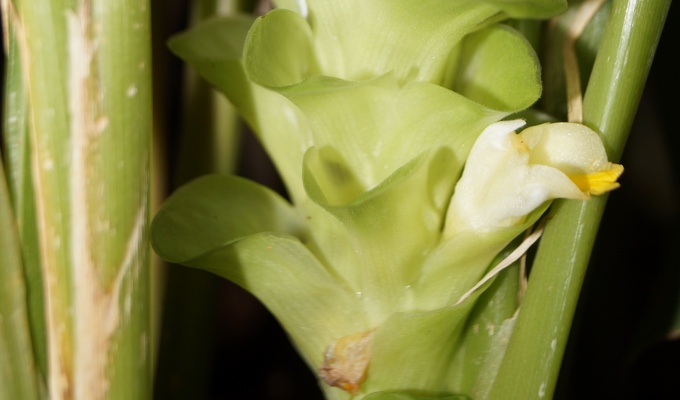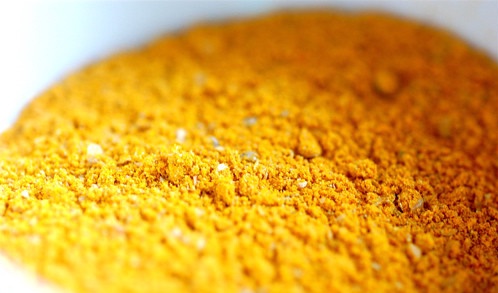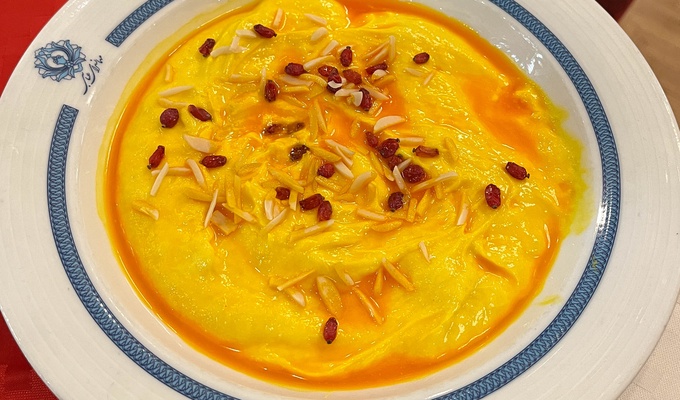Turmeric is a flowering plant, Curcuma longa, of the ginger family, Zingiberaceae, the rhizomes of which are used in cooking. The plant is a perennial, rhizomatous, herbaceous plant native to the Indian subcontinent and Southeast Asia that requires temperatures between 20 and 30 °C and a considerable amount of annual rainfall to thrive. Plants are gathered each year for their rhizomes, some for propagation in the following season and some for consumption.
The rhizomes are used fresh or boiled in water and dried, after which they are ground into a deep orange-yellow powder commonly used as a coloring and flavoring agent in many Asian cuisines, especially for curries, as well as for dyeing, characteristics imparted by the principal turmeric constituent, curcumin.
Turmeric powder has a warm, bitter, black pepper-like flavor and earthy, mustard-like aroma.
Curcumin, a bright yellow chemical produced by the turmeric plant, is approved as a food additive by the World Health Organization, European Parliament, and United States Food and Drug Administration.
Although long used in Ayurvedic medicine, where it is also known as haridra, there is no high-quality clinical evidence that consuming turmeric or curcumin is effective for treating any disease.




